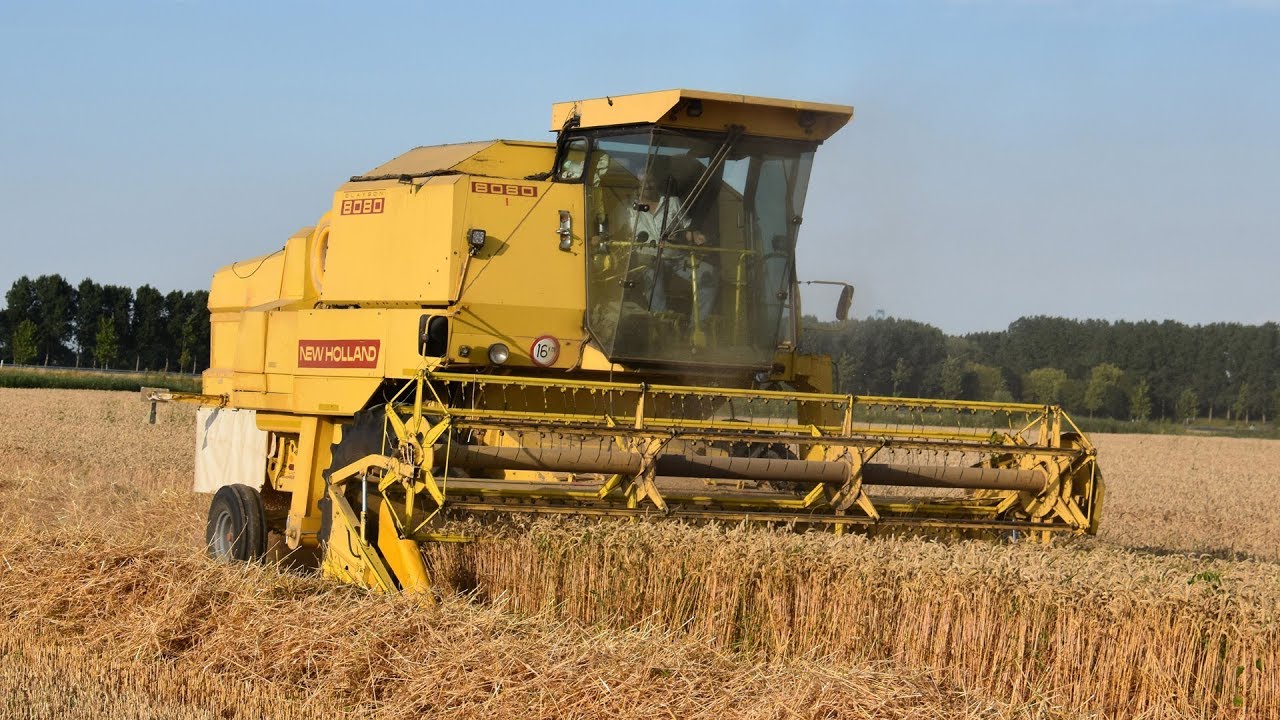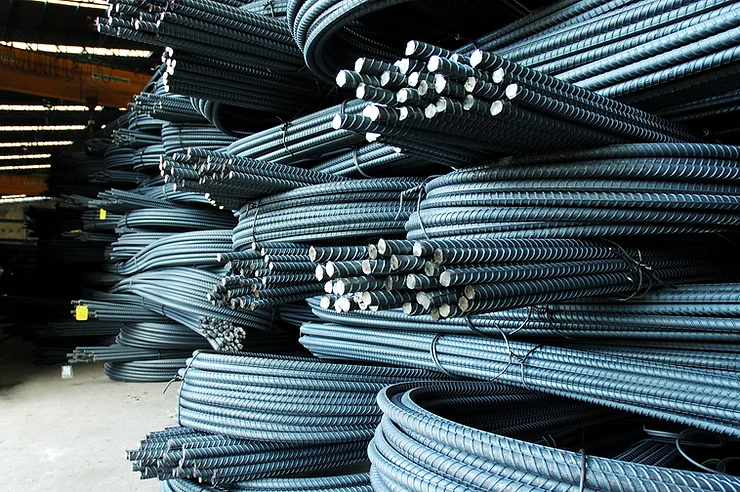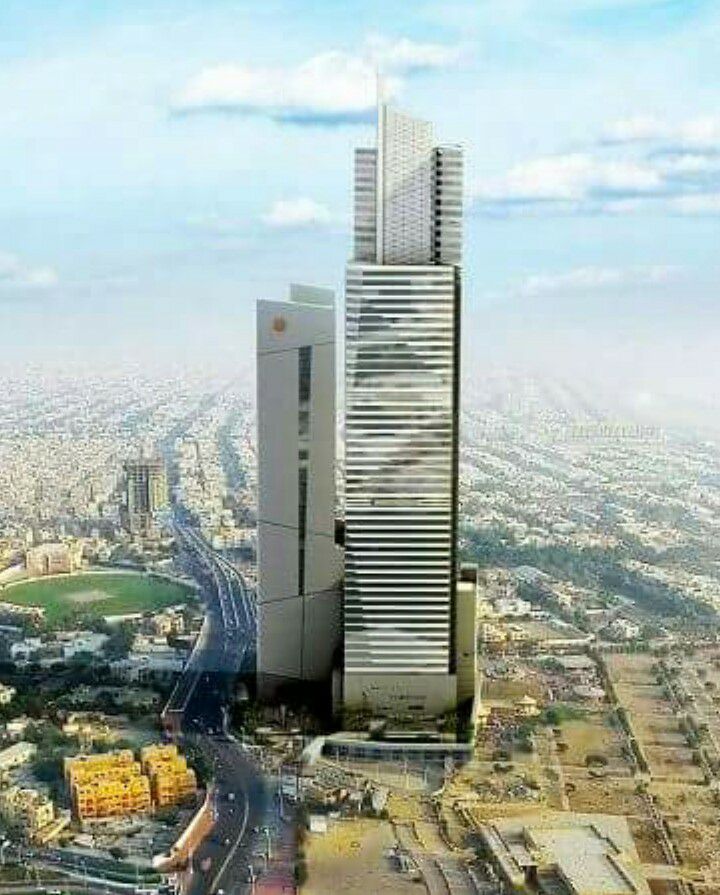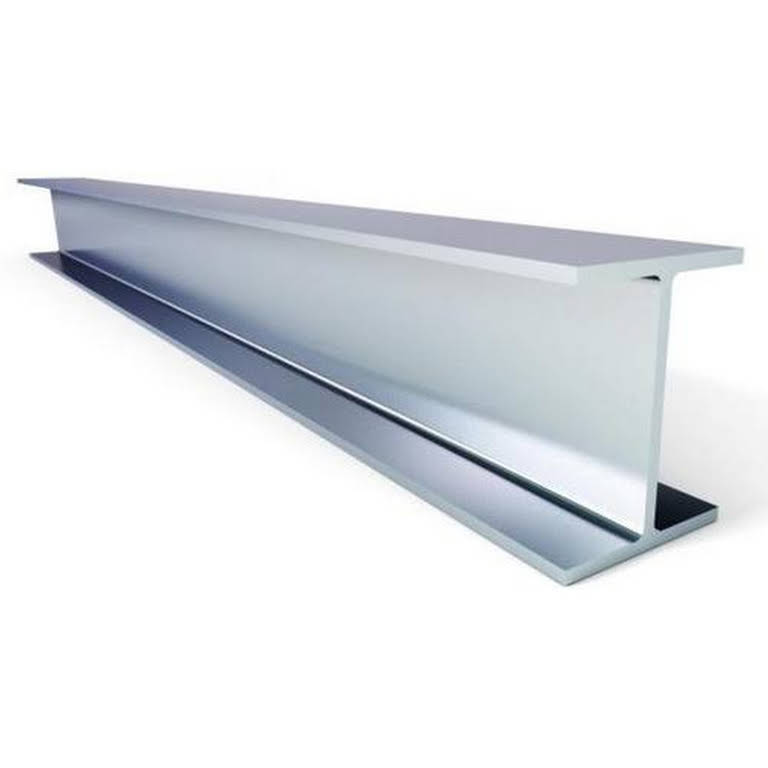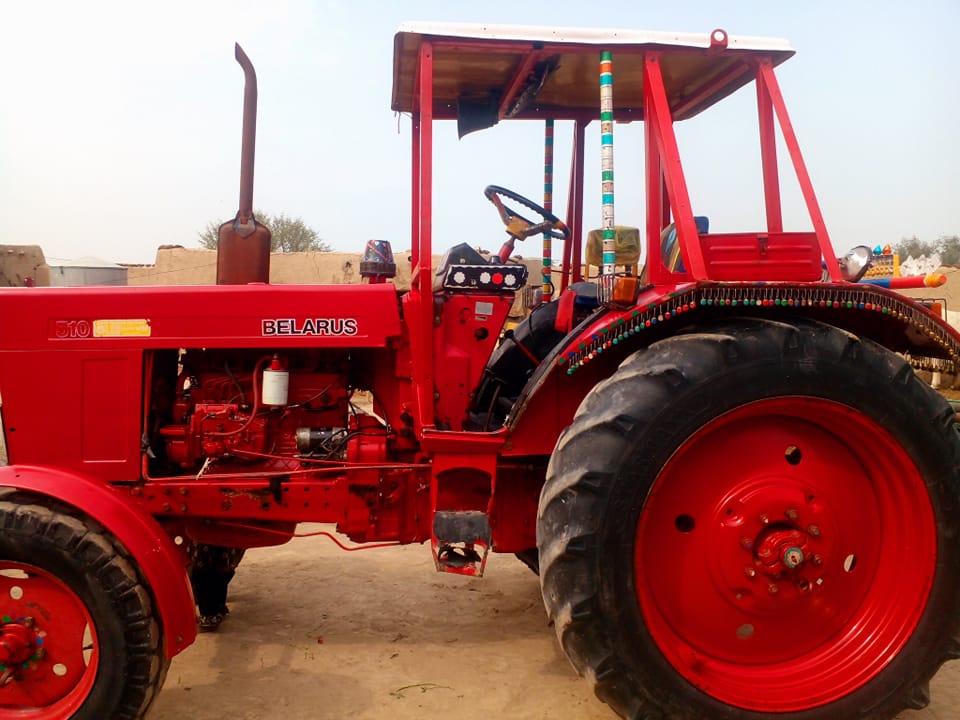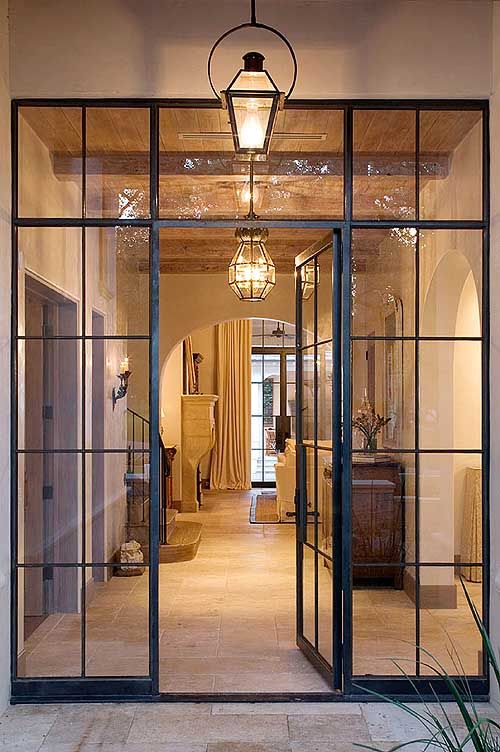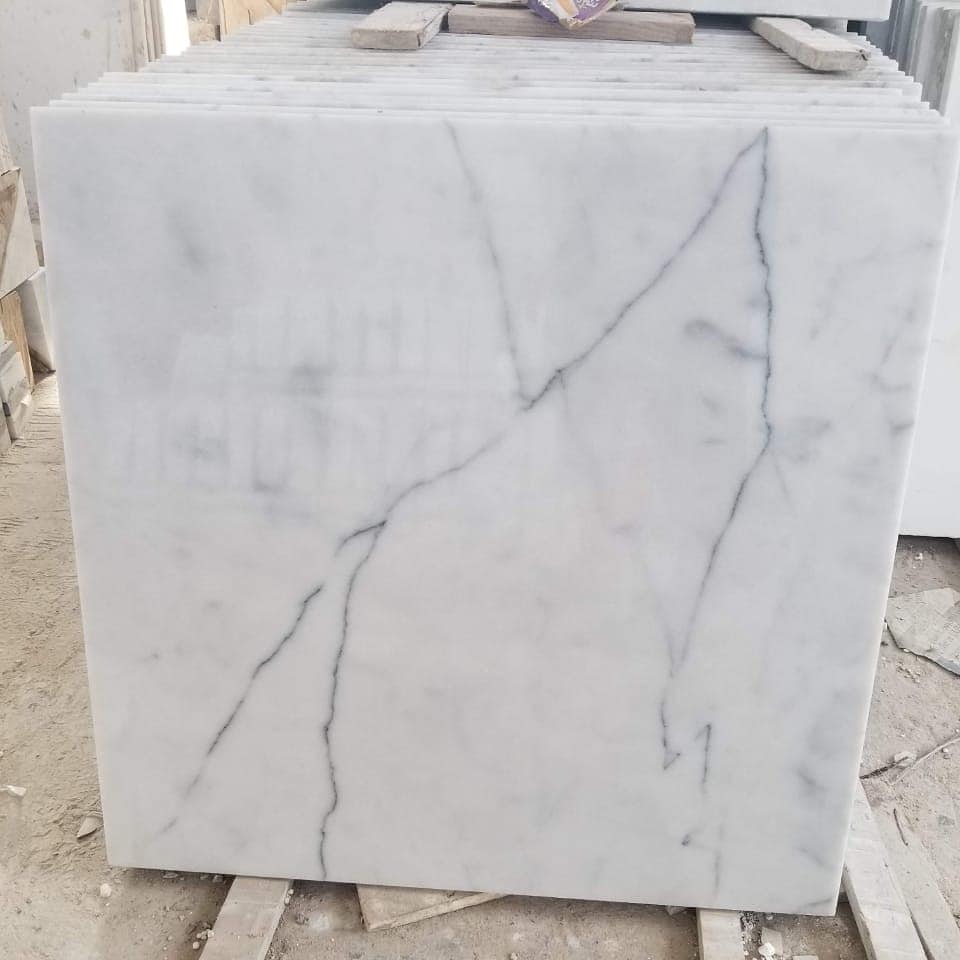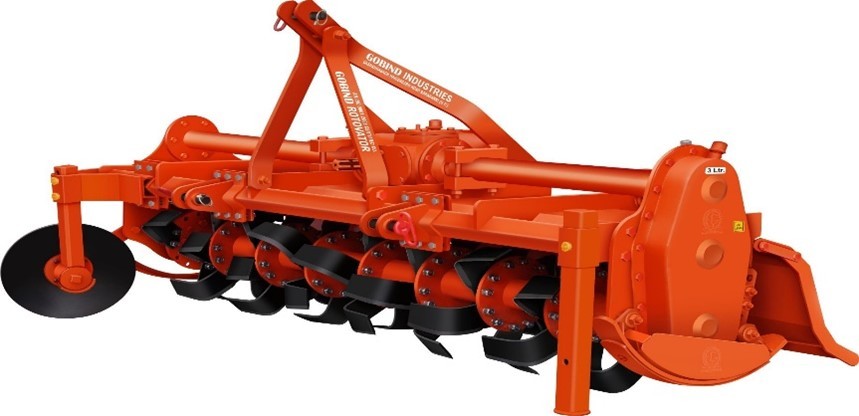Here’s an updated guide to the cement Block Price in Pakistan. Understanding the various block types available and prices.
Cement Block Price in Pakistan
| Sr. No | Size (in inches) | Dimensions (mm) | Price/Block (in Pkr) |
| 1 | A1 (16”x8”x8”) | 400x200x200 | RS. 75 |
| 2 | A2 (16”x6”x8”) | 400x127x200 | RS. 70 |
| 3 | A3 (12”x5”x8”) | 400x127x200 | RS. 65 |
| 4 | A4 (12”x4”x8”) | 400x101x200 | RS. 40 |
| 5 | A5(16”x3”x8”) | 400x76x200 | RS 35 |
| 6 | A6 (16x”2”x8”) | 400x50x200 | RS 30 |
A Foundation of Construction: Cement and Concrete Blocks
Cement and concrete blocks hold a prominent role in the modern construction industry. Their uses extend far beyond just walls, encompassing everything from aesthetic fountains to durable walkways.

The tradition of blocks dates back centuries. Think of the iconic Roman Colosseum, a testament to their enduring legacy. Today, blocks remain essential for both residential and large-scale commercial projects.
Concrete blocks are born from a blend of cement, which acts as a binder, along with aggregates like sand and gravel for strength. Cement blocks, on the other hand, feature a higher cement content. This makes them extra robust and resistant to harsh elements like fire and water.
Naturally, the cost of cement and concrete blocks fluctuates based on the specific type. Typically, cement blocks fall in the 200-500 PKR per piece range, while concrete blocks can land between 400-800 PKR per piece.
Types of Building Blocks Used in Pakistan
- Bricks: The classic construction staple.
- Concrete Blocks: Affordable and widely available.
- Sandstone Blocks: Offer a natural aesthetic appeal.
- Stone Blocks: Known for exceptional durability.
- Glass Blocks: Add light and design flair.
- Cement Blocks: Prioritize strength and resilience.
- Tuff Blocks: Lightweight volcanic rock option.
- Fly Ash Blocks: Eco-friendly, made using waste byproducts.
Advantages of Cement and Concrete Blocks
Cement and concrete blocks offer numerous benefits in construction projects, making them a popular choice for builders and homeowners alike. Here are some of their key advantages:
Strength and Durability: Both cement and concrete blocks have excellent compressive strength, allowing them to withstand significant loads and harsh weather conditions. This durability translates into long-lasting structures with minimal maintenance needs.
Fire Resistance: Due to their composition, these blocks are highly fire-resistant. This makes them an ideal choice for structures where fire safety is a major concern.
Water Resistance: Particularly true for cement blocks, their high density makes them relatively impervious to water damage, leading to reduced moisture infiltration and protection of interior spaces.
Sound Insulation: The density of cement and concrete blocks provides a degree of soundproofing, helping to reduce noise transmission between rooms or from external sources.
Cost-Effectiveness: Compared to some traditional building materials, blocks are generally affordable and readily available. This can lead to cost savings in construction projects.
Faster Construction: The larger size of blocks compared to bricks means fewer units are needed to build the same area. This translates into faster construction times and potentially reduced labor costs.
Versatility: Blocks come in a variety of shapes, sizes, and colors, allowing for diverse design possibilities. They can be used in load-bearing walls, foundations, partitions, and decorative features.
Sustainability: Concrete blocks can incorporate recycled materials like fly ash, contributing to environmentally conscious building practices.
In conclusion, cement and concrete blocks offer a compelling combination of strength, affordability, and adaptability for various construction projects. Their fire and water resistance, coupled with their cost-effectiveness, make them a valuable asset in the building industry. As construction practices evolve to prioritize sustainability, the potential inclusion of recycled materials in blocks promises an even more compelling future for this versatile building material.

